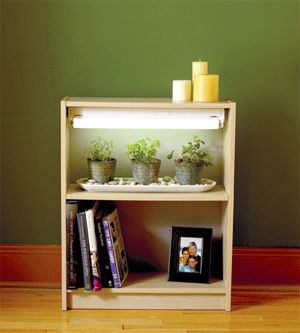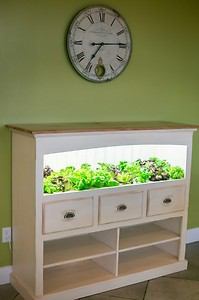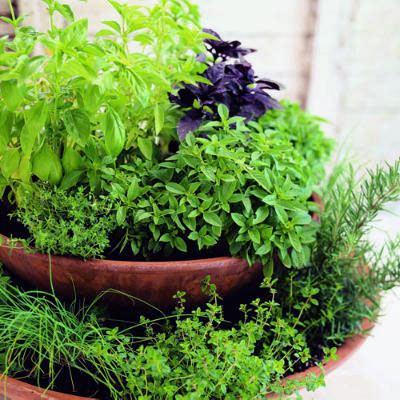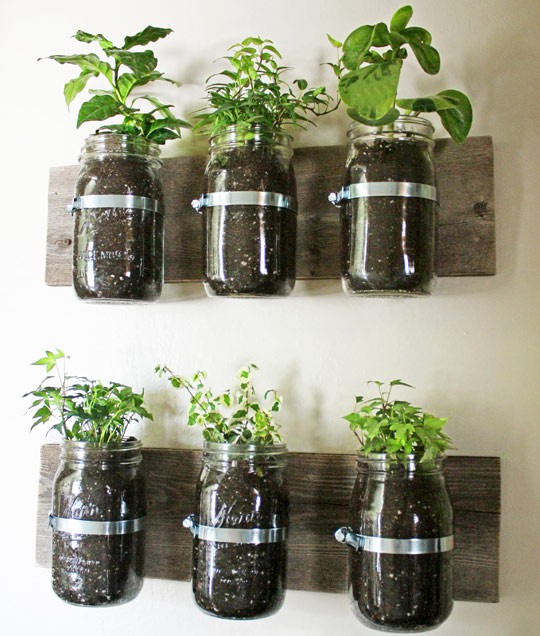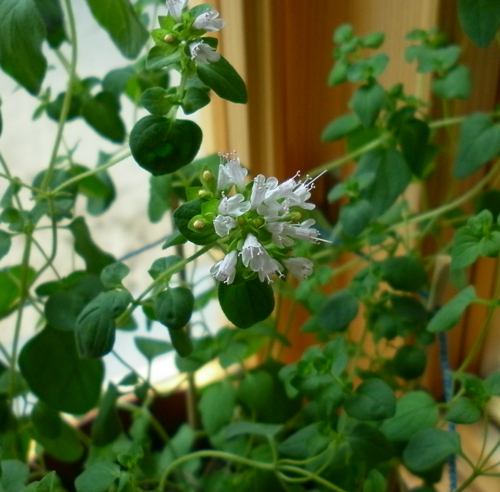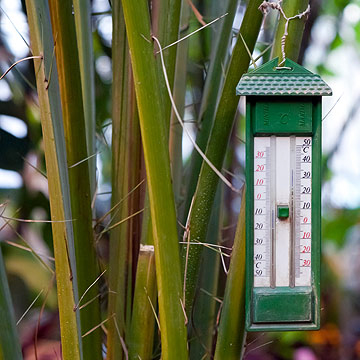Proper lighting for herbs and spices allows for the accumulation of essential oils and vitamins, enabling them to grow well. Many spices that we can grow at home on a windowsill are sun-loving plants. Plants primarily rely on light for nourishment, and through photosynthesis, they can absorb up to 93% of the necessary substances from the air.
Rosemary , thyme , oregano and most of the aromatic herbs available to us are considered moderately light-loving plants, and some can even tolerate shade. For example, the same parsley , celery, and salad greens can thrive in the shade of trees thanks to their underground bulbs and rhizomes. However, during their early spring germination, they need sunlight to accumulate sufficient nutrients.
The main issue with having four walls is that plants are lit from only one side. Supplementary light sources, such as plant grow lights , can solve the problem of insufficient lighting.
If your windows face the south side, your fragrant herbs will be very comfortable. However, my oregano was a bit finicky last summer on the fifth floor’s south-facing window, and I had to shade it with a piece of parchment paper. Parchment does not reflect light as well as white paper, but it still allows the plant to receive its dose of ultraviolet light. Once the sun shifts, the shading can be removed. To determine if your plants need shading, observe their condition. In a previous article, I discussed ways to protect plants from excess heat .
In eastern rooms, herbs generally do quite well, particularly if early sunlight is unobstructed. The plants receive the most beneficial rays. In western windowsills, ultraviolet intensity is also adequate for growing fragrant plants.
In northern rooms, additional lighting will likely be required. If the windows are large and are not shaded by nearby buildings or trees, typical residents of dry subtropical areas can grow rosemary and certain types of thyme, as well as cress , even on the north side.
However, when the sky is overcast and it is late autumn or winter, there will be a lack of light regardless of the window orientation. Some plants, such as lavender , will require supplemental lighting.
Solution: To maximize the sunlight coming through the windows, I attached white fabric to the outer side of the curtains (facing the window). This reflects light onto the side of the plants that faces into the room. This method works when we close the curtains before leaving home.
Another issue in apartments is the duration of the light day. In open ground, a plant receives light for about 12 hours a day on average. At home, we get around 20 hours of light per month. Young seedlings, especially those growing from seeds, suffer the most from this. By the time the seedling develops its first leaves capable of photosynthesis, all its nutrient reserves may be depleted. Sometimes, additional lighting is essential for the plants.
